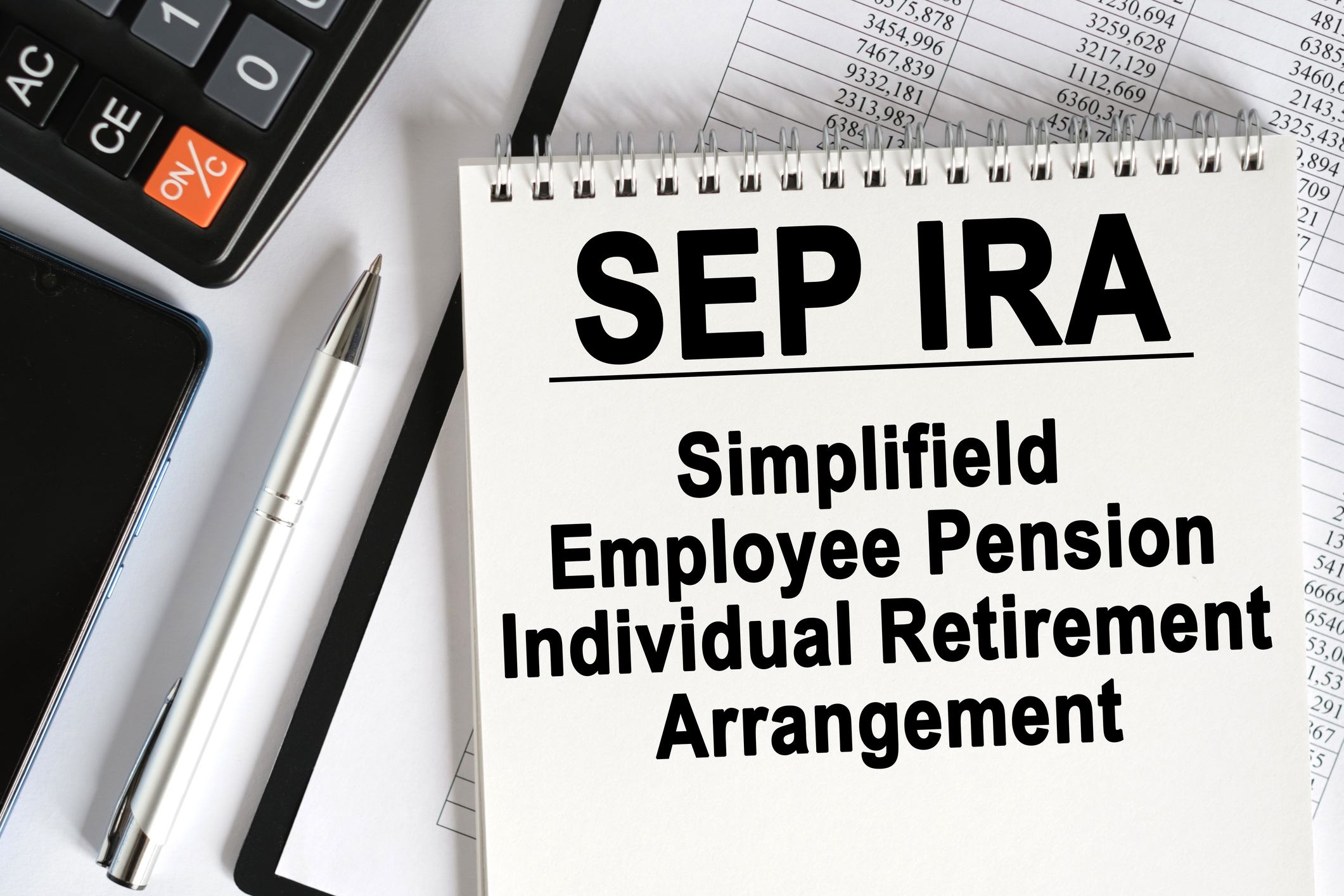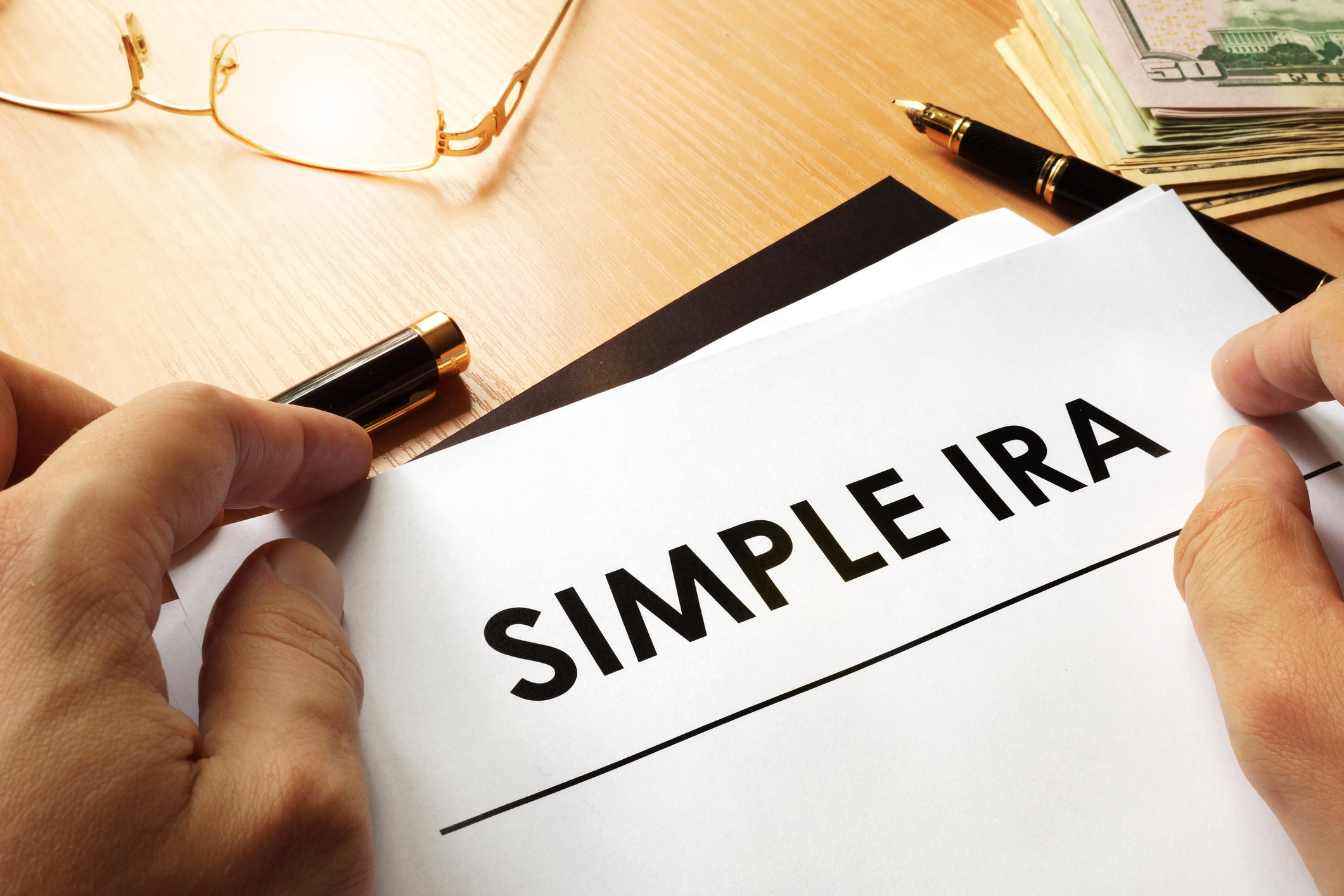The Magic (and Cost) of Converting to a Roth IRA
The payoff is tax-free income in retirement. The cost, on the front end, is a significant tax bill on any funds you convert from a traditional IRA.

In the Brothers Grimm telling from the early 19th century, a strange little man named Rumpelstiltskin could spin straw into gold. But you have the 21st-century opportunity to do something very similar, and it’s no fairy tale. You can transform fully taxable retirement income into completely tax-free cash.
This is the first year ever that higher-income taxpayers -- the people most likely to be able to afford to convert a traditional IRA to a Roth -- are allowed to do so. If you take the plunge, all future earnings and all withdrawals in retirement will be tax-free. If you stick with the old-fashioned IRA, the tax picture in retirement is grim indeed: Every dime you withdraw will be taxed in your top tax bracket.
With such a powerful payoff at hand, it’s no surprise that the cost to convert is high. You must pay income tax on all the as-yet-untaxed money you move to a Roth. For most investors, that means paying tax on every dollar converted. (Folks who have made nondeductible contributions to their IRAs can convert those amounts tax-free.)
From just $107.88 $24.99 for Kiplinger Personal Finance
Become a smarter, better informed investor. Subscribe from just $107.88 $24.99, plus get up to 4 Special Issues

Sign up for Kiplinger’s Free Newsletters
Profit and prosper with the best of expert advice on investing, taxes, retirement, personal finance and more - straight to your e-mail.
Profit and prosper with the best of expert advice - straight to your e-mail.
Congress is earnestly promoting conversions this year. The lawmakers’ motives are not at all altruistic -- after all, conversion lets the IRS collect taxes sooner rather than later on amounts now tucked inside traditional IRAs and outside the IRS’s reach. In addition to abolishing the restriction that used to prohibit conversions by those who have incomes over $100,000, investors who convert this year get to choose either to pay the tax with their 2010 tax returns next spring or to put off paying the piper by splitting the tax bill between their 2011 and 2012 returns.
But just how much will it cost you to convert an IRA? That depends on several factors: how much you convert, how much other taxable income you have, and your top marginal tax rate. Further clouding the issue is the choice of when to pay tax on a 2010 conversion. At this point, no one knows what tax rates will be in effect for 2011 and 2012. If the Bush tax cuts are allowed to expire, you might face a higher rate that could more than undo the benefit you’d receive by putting off the tax bill.
Kiplinger has developed a calculator to estimate the cost of converting part or all of your traditional IRA to a Roth. Answer three questions and we’ll estimate your tax bill under several different possibilities:
•If you pay tax on the conversion with your 2010 return.
•If you split the bill over 2011 and 2012 under three different scenarios:
1) The Bush tax cuts expire.
2) The Bush tax cuts are extended for all taxpayers
3) The Bush tax cuts are extended for all taxpayers except those in the top two tax brackets.
Our calculator will give you a rough estimate of the cost of converting to a Roth, based on certain assumptions, including that your income (not counting the conversion) remains relatively stable in 2010, 2011 and 2012. We also do not take into account any possible impact of the alternative minimum tax. The deadline for making a 2010 Roth conversion is December 31. By that time, we should know what the 2011 tax rates will be.
Profit and prosper with the best of Kiplinger's advice on investing, taxes, retirement, personal finance and much more. Delivered daily. Enter your email in the box and click Sign Me Up.

-
 The Stoic Retirement: Ancient Wisdom for Today's Reality
The Stoic Retirement: Ancient Wisdom for Today's RealityA "Stoic retirement" doesn't mean depriving yourself. It's a character-based approach to life and aging that can bring calm and clarity.
-
 My Teen Crashed His Car and Now Our Insurance Has Tripled. What Now?
My Teen Crashed His Car and Now Our Insurance Has Tripled. What Now?Dealing with the costly aftermath of a teen car accident is stressful. Here are your options for navigating it.
-
 11 Outrageous Ways To Spend Money in Retirement
11 Outrageous Ways To Spend Money in RetirementWhether you have excess cash to spend or want to pretend, here’s a look at 11 ridiculous ways retirees can splurge.
-
 457 Plan Contribution Limits for 2026
457 Plan Contribution Limits for 2026Retirement plans There are higher 457 plan contribution limits in 2026. That's good news for state and local government employees.
-
 Medicare Basics: 12 Things You Need to Know
Medicare Basics: 12 Things You Need to KnowMedicare There's Medicare Part A, Part B, Part D, Medigap plans, Medicare Advantage plans and so on. We sort out the confusion about signing up for Medicare — and much more.
-
 The Seven Worst Assets to Leave Your Kids or Grandkids
The Seven Worst Assets to Leave Your Kids or Grandkidsinheritance Leaving these assets to your loved ones may be more trouble than it’s worth. Here's how to avoid adding to their grief after you're gone.
-
 SEP IRA Contribution Limits for 2026
SEP IRA Contribution Limits for 2026SEP IRA A good option for small business owners, SEP IRAs allow individual annual contributions of as much as $70,000 in 2025, and up to $72,000 in 2026.
-
 Roth IRA Contribution Limits for 2026
Roth IRA Contribution Limits for 2026Roth IRAs Roth IRAs allow you to save for retirement with after-tax dollars while you're working, and then withdraw those contributions and earnings tax-free when you retire. Here's a look at 2026 limits and income-based phaseouts.
-
 SIMPLE IRA Contribution Limits for 2026
SIMPLE IRA Contribution Limits for 2026simple IRA For 2026, the SIMPLE IRA contribution limit rises to $17,000, with a $4,000 catch-up for those 50 and over, totaling $21,000.
-
 457 Contribution Limits for 2024
457 Contribution Limits for 2024retirement plans State and local government workers can contribute more to their 457 plans in 2024 than in 2023.
-
 Roth 401(k) Contribution Limits for 2026
Roth 401(k) Contribution Limits for 2026retirement plans The Roth 401(k) contribution limit for 2026 has increased, and workers who are 50 and older can save even more.